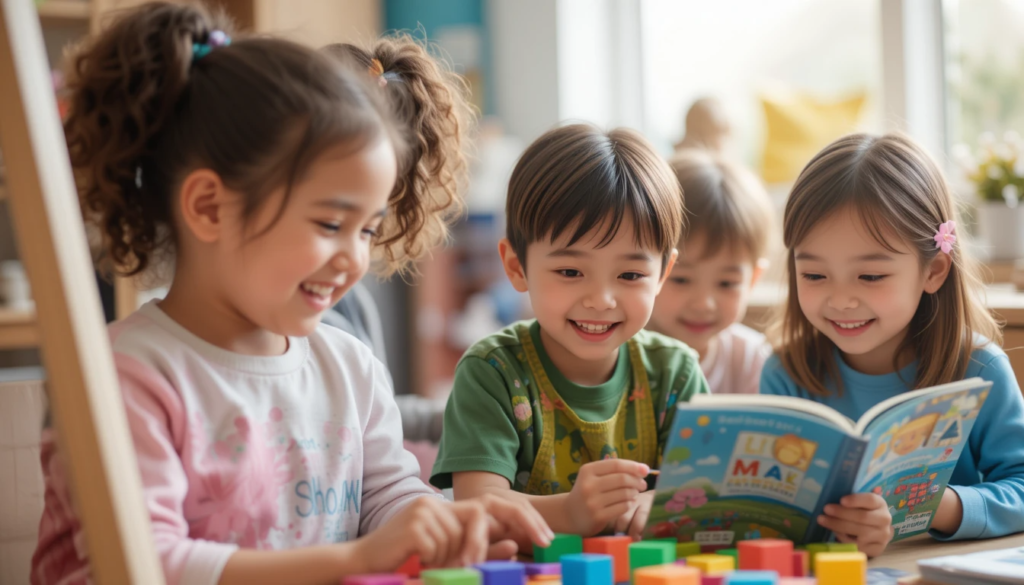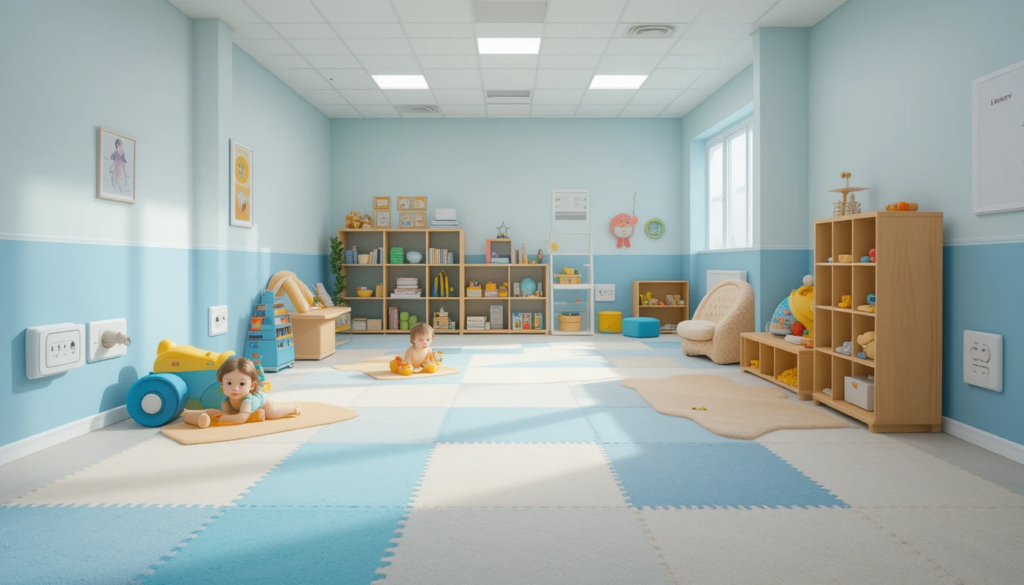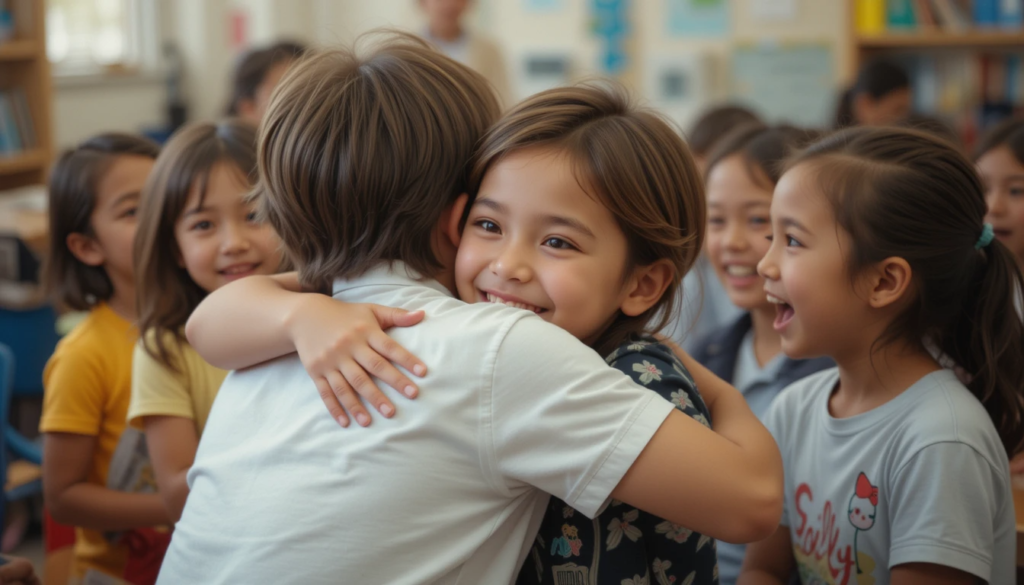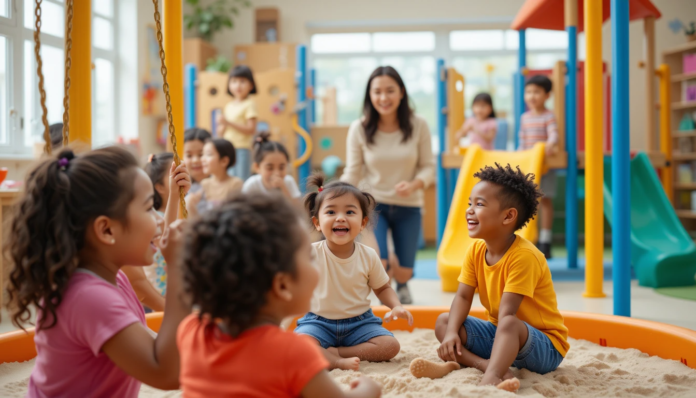Top play schools near you are a total maze, yo. My cat’s swatting at a stray LEGO, and my phone’s buzzing with play school tour reminders I’m too stressed to check. I’m 30, a part-time student and retail worker, trying to find a play school for my kid without having a full-on breakdown. Here’s my sloppy, embarrassing take on top play schools near you in 2025, with all my dumb parenting fails and preschool search tips I’ve learned the hard way.
Why Top Play Schools Near You Are Driving Me Nuts
I’m legit terrible at this preschool search thing. I once drove to a play school tour and got lost in a Denver suburb, ending up at a dog park instead—my kid was eating Cheerios off the floorboard. I read on NAEYC that quality play schools can boost social skills by 35%, which is enough to make me panic about picking a dud. These local play schools tips are my attempt to keep my parenting game from being a total disaster.

Finding Top Play Schools Near You
Here’s my messy list of preschool search tips. To find top play schools near you without losing it.
- Google It, Yo: Search “play schools near me” and read reviews. I found a decent one on Yelp (check Yelp).
- My Dumb Moment: I trusted a random 5-star review and didn’t tour the place. It was sketchy.
- Talk to Parents: I hit up a mom group on X for recs. They were clutch.
- Cringe Alert: I asked a stranger at a playground about play schools and got a weird look.
- Tour the School: Visit and watch the teachers. One place had a teacher who sang to my kid, and I was sold.
- Check the Vibe: Is it play-based or super structured? NAEYC has good info (see NAEYC).
- Oops: I picked a too-strict place and my kid cried every day. My bad.
- Ask About Costs: Play schools ain’t cheap. I budget with NerdWallet’s tools (check NerdWallet).
- Safety First: I asked about first-aid training after a scary story. Must-have.
- My Fail: I forgot to ask about food allergies and had to email the school in a panic.
- Trust Your Instincts: If it feels off, bounce. I ignored a bad vibe once and regretted it.Take it easy, k?
- Compare Options: I made a pros-cons list for three schools. Helped me decide.
- Meet the Staff: Talked to a teacher who was so chill, it calmed my nerves.
- Embarrassing Bit: I called a teacher “Buddy” by accident. She wasn’t amused. Oof.
- Ease Your Kid In: My kid loved it more than I expected.
- Chill Out, Yo: I stressed so hard I forgot to have fun. Take it easy, k?

How I Keep Botching Top Play Schools Near You
Here’s what I’ve learned from my chaos:
- Don’t Trust Every Review: I fell for a fake website and wasted a tour. Stick to legit sites like GreatSchools (read GreatSchools).
- Book Tours Early: I waited too long and missed a spot at a good school. Schedule ASAP.
- Make a List: Forgot to ask about nap times and felt so dumb. Write down questions.
- Trust Your Gut: I doubted my instincts and picked a place my kid hated. Listen to yourself.
Parenting.com says quality early childhood education can boost school readiness by 25%, which I’m trying to nail without screwing it up again (read Parenting).
Finding Your Own Top Play Schools Near You Groove
Picking local play schools is like picking a coffee order—personal and a little nuts. Here’s my advice, straight from my granola-bar-crumb-covered couch: Community Colleges Near You Offering Affordable Options
- Your Kid’s Vibe: loves music, looked for creative programs. What’s your kid into?
- Start Small, Yo: Don’t tour a million schools at once. I did and burned out. Pick a few.
- Use Cool Resources: GreatSchools and NAEYC have dope info. Yelp’s solid for reviews too.
- Check Your Notes: I review my school list every Sunday.

Wrapping Up My Top Play Schools Near You Chaos
A hot mess at finding top play schools near you, sitting here in my Denver chaos with my cat judging my parenting skills. Forget to follow up with schools half the time. These preschool search tips have kept me from picking a total bust.
https://www.parents.com/preschool-guide-for-parents/ (Parents.com usually has pretty relatable and practical guides for preschool selection.)




